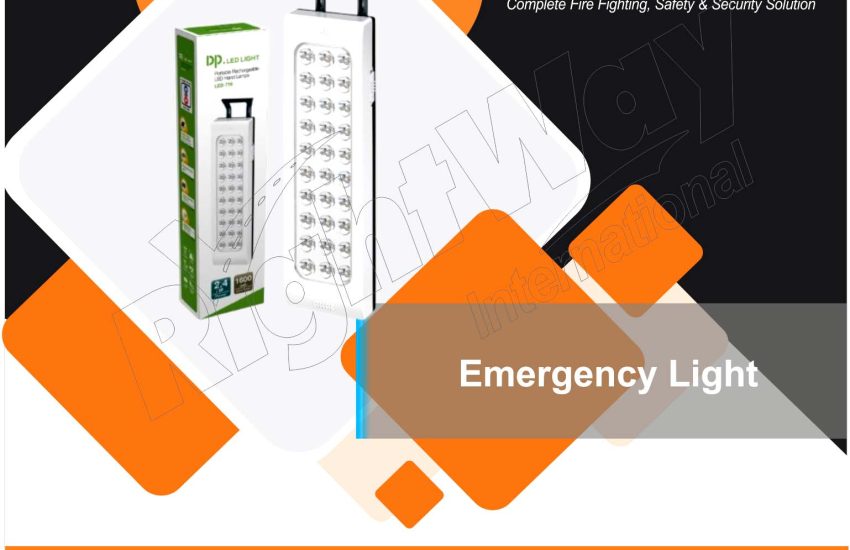Emergency Light are crucial components of safety systems in buildings, vehicles, and public spaces. They provide illumination during power outages or emergencies, helping ensure safe evacuation and visibility in critical situations. This guide covers the purpose, types, installation, maintenance, and benefits of emergency lights.
Purpose of Emergency Lights
Emergency lights serve to:
- Illuminate Exit Routes: They guide occupants to safety by lighting up exit paths and stairwells during a power failure or emergency.
- Enhance Visibility: Emergency lights improve visibility in low-light conditions, reducing the risk of accidents and injuries.
- Ensure Safety Compliance: They help meet safety regulations and building codes, which often mandate their presence in commercial and public buildings.
Types of Emergency Light
- Battery-Powered Lights: These lights operate using internal batteries that activate automatically during a power outage. They are commonly used in commercial buildings and residential settings.
- Photoluminescent Signs: Made from materials that glow in the dark after absorbing light, these signs provide guidance during power failures.
- LED Emergency Lights: LED lights are energy-efficient and have a long lifespan. They are often used in both commercial and residential settings for their reliability and brightness.
- Halogen Emergency Lights: These lights offer intense illumination and are used in areas where high brightness is required.
- Combo Lights: These units combine emergency lighting with exit signs, providing a dual function in one fixture.
Installation of Emergency Light
Proper installation is key to ensuring that emergency lights function correctly when needed:
- Compliance with Codes: Installation must adhere to local building codes and regulations, which specify the placement, number, and type of emergency lighting required.
- Strategic Placement: Emergency lights should be installed in key areas such as hallways, stairwells, exits, and any location where visibility is crucial during an emergency.
- Testing and Calibration: After installation, emergency lights should be tested to ensure they operate correctly and are properly calibrated to provide adequate illumination.
Maintenance of Emergency Lights
Regular maintenance ensures that emergency lights remain functional:
- Routine Inspections: Perform regular inspections to check for any signs of damage or malfunction. Ensure that lights are clean and free from obstructions.
- Battery Checks: Test and replace batteries as needed. Most emergency lights have a test button to check battery functionality.
- Lamp Replacement: Replace bulbs or LEDs according to manufacturer recommendations to maintain brightness and performance.
- Documentation: Keep records of inspections, maintenance, and any repairs performed to track the system’s status and compliance.
Benefits of Emergency Lights
- Safety: They provide crucial illumination during power outages, helping occupants navigate safely and avoid accidents.
- Compliance: Emergency lights ensure compliance with safety regulations and building codes, reducing liability and enhancing overall safety.
- Reliability: High-quality emergency lights are designed to be durable and reliable, ensuring they perform effectively when needed.
- Cost-Effectiveness: Investing in quality emergency lighting can reduce the long-term costs associated with accidents and non-compliance penalties.
Conclusion
Emergency lights are a vital part of any safety system, providing essential illumination during emergencies and power outages. By understanding the types, installation, and maintenance of emergency lights, you can ensure that your building or vehicle is prepared to handle unforeseen events effectively. Regular upkeep and strategic placement are key to maximizing their effectiveness and ensuring the safety of all occupants.


